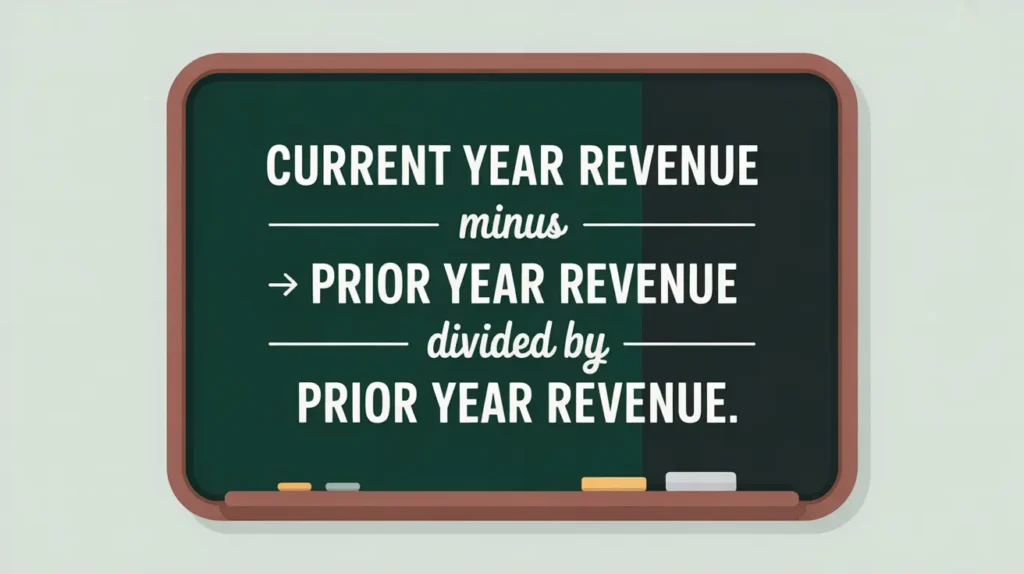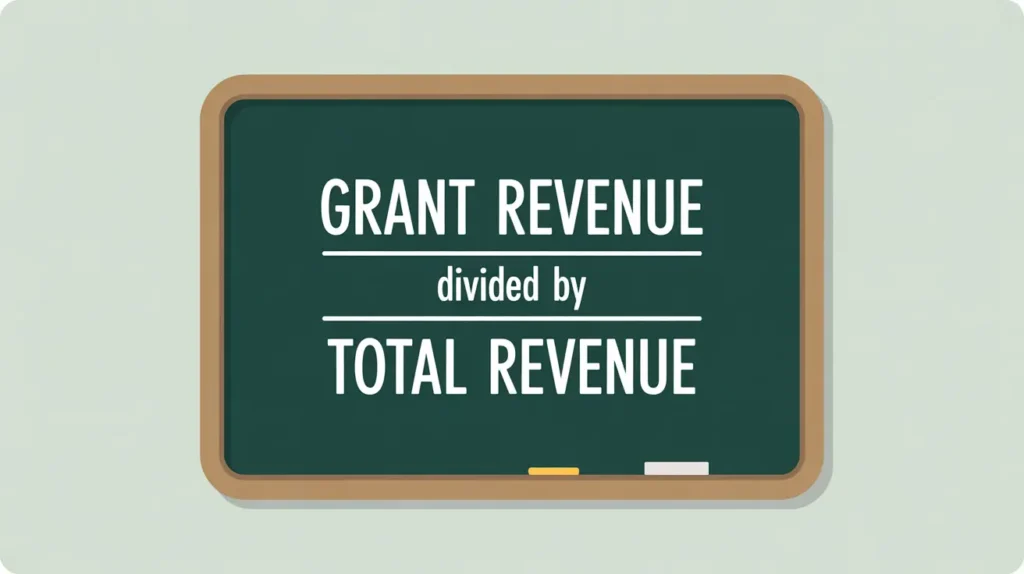Importance of the Net Assets Growth Rate
The net assets growth rate tracks how a nonprofit’s equity position is changing over time by comparing current net assets to the prior year. It matters because growth in net assets signals that the organization is building financial strength, while consistent declines may indicate structural weaknesses. Boards and donors often use this ratio to assess long-term sustainability and the ability to reinvest in mission. For nonprofits in social innovation and international development, this measure is particularly important because it demonstrates whether the organization can accumulate reserves to manage multi-year projects, survive funding volatility, and invest in innovation.
Definition and Features
The net assets growth rate is defined as:
Current Year Net Assets minus Prior Year Net Assets divided by Prior Year Net Assets.
Key features include:
- Trend Indicator: highlights whether financial capacity is expanding or contracting.
- Benchmark Use: positive growth rates suggest financial strengthening; negative rates may raise concerns.
- Board Oversight: often reviewed annually during audits and budget cycles.
- Strategic Signal: helps boards and leadership assess the sustainability of growth or expansion.
How This Works in Practice
If a nonprofit had $10 million in net assets last year and $12 million this year, its growth rate is 0.20 (20%). This suggests it has strengthened reserves and capacity. If net assets fall from $10 million to $9 million, the growth rate is -0.10 (-10%), raising concerns about sustainability. Leadership might investigate whether the decline is temporary (e.g., due to one-time investments) or structural (e.g., recurring deficits). International NGOs often track this ratio across multi-year cycles to reassure donors that growth is being managed responsibly.
Implications for Social Innovation
For nonprofits in social innovation and international development, the net assets growth rate signals credibility and resilience in the eyes of funders. Positive growth demonstrates that the organization is not only covering expenses but also building reserves to withstand shocks and fund innovation. This can strengthen the nonprofit’s position in competitive donor environments, where long-term stability is a prerequisite for large awards. Negative growth, if not explained, may undermine confidence, limit access to funding, and constrain the nonprofit’s ability to pursue systemic change. By monitoring and communicating this ratio transparently, nonprofits show that they are both accountable and strategically prepared for the future.







